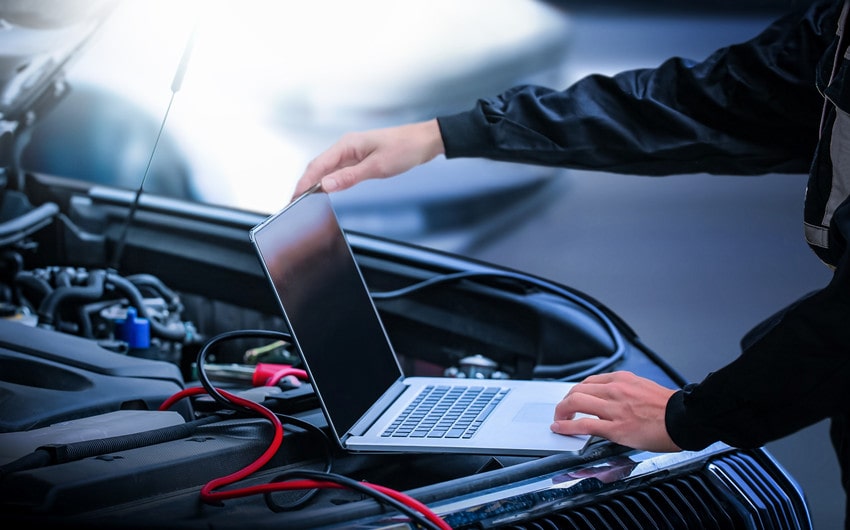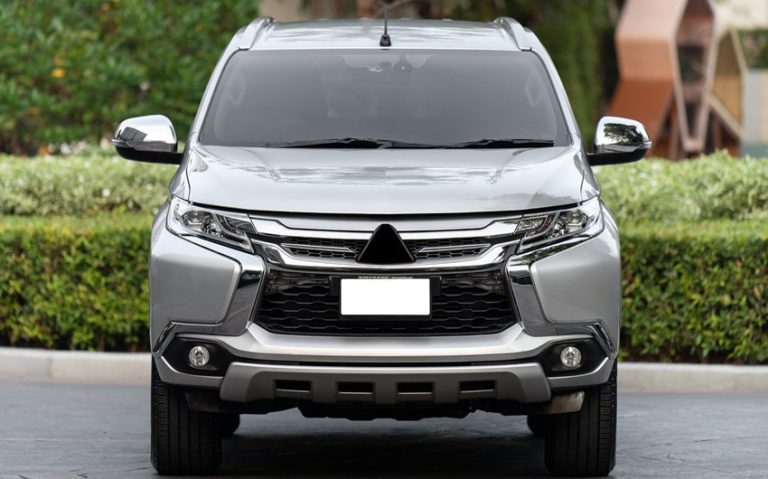Have you ever wondered if a used car you’re considering has been involved in an accident? Understanding a vehicle’s history can save you from potential headaches and expenses. Whether you’re buying a car for personal use or as an investment, knowing its accident history is crucial for making an informed decision. In this article, we’ll explore various methods to find out if a car has been in an accident, ensuring you have all the necessary information before finalizing your purchase.
Check the Vehicle Identification Number (VIN)
The Vehicle Identification Number (VIN) is a unique identifier assigned to every car. It serves as a fingerprint for the vehicle, providing critical information about its history. The VIN is typically located on the dashboard near the windshield, on the driver’s side door frame, or under the hood.
To uncover a vehicle’s accident history, start by locating and decoding the VIN. Various online databases and tools allow you to check the VIN for free or for a small fee. Websites like the National Highway Traffic Safety Administration (NHTSA) and services such as Carfax and AutoCheck can provide detailed reports based on the VIN.
A Chicago injury lawyer relayed that these reports often include information about any reported accidents, title issues, and service records. By examining the VIN report, you can identify if the car has a history of accidents, which can significantly impact its value and safety.
Use Vehicle History Reports
Vehicle history reports are comprehensive documents that provide detailed insights into a car’s past. They are compiled from various sources, including insurance companies, repair shops, and governmental agencies. Popular services like Carfax and AutoCheck are renowned for offering these reports, which can reveal essential details about the vehicle’s history.
When reviewing a vehicle history report, focus on the sections related to accident history. The report will typically list any accidents reported, along with the extent of the damage and the repairs made. Look for terms such as “collision,” “front-end damage,” or “rear-end damage,” which indicate the severity of past incidents. Additionally, check for any discrepancies between the accident history reported and the vehicle’s physical condition.
Inspect the Car’s Physical Condition
A physical inspection of the car can provide valuable clues about its accident history. Start by examining the exterior for signs of past repairs. Look for mismatched paint, uneven panel gaps, or signs of bodywork that might indicate that the car has been in an accident. Pay attention to areas like the bumpers, doors, and fenders, as these are commonly affected in collisions.
Next, inspect the interior of the car. Look for signs of airbag deployment, such as missing or damaged airbag covers, and check for any unusual wear and tear on the seats and dashboard. These signs can indicate that the car has experienced a significant impact. Additionally, test the vehicle’s alignment and suspension to ensure that it hasn’t been affected by previous accidents.
Ask the Seller Directly
When purchasing a used car, asking the seller about its accident history is a crucial step. Directly inquiring about the car’s past can provide additional context and help you assess the reliability of the information you have gathered from other sources.
Prepare a list of questions to ask the seller, such as:
- Has the car been involved in any accidents?
- Were any repairs or replacements done as a result of an accident?
- Do you have any documentation or service records related to past repairs?
Be sure to cross-check the seller’s responses with the information you’ve obtained from VIN checks and vehicle history reports. Inconsistencies between the seller’s statements and the documented history can be a red flag.
Consult a Mechanic
A professional mechanic’s inspection is an invaluable step in determining if a car has been in an accident. Mechanics can identify issues that may not be immediately visible during a visual inspection. They can assess the car’s overall condition, including the frame, alignment, and suspension, to determine if it has been involved in any collisions.
When arranging a mechanic’s inspection, make sure to choose a reputable and experienced professional. During the inspection, the mechanic will look for signs of past repairs, structural damage, and any underlying issues that might have resulted from an accident. Their expert opinion can help you understand the true condition of the vehicle and make an informed decision.
Review Maintenance and Repair Records
Maintenance and repair records provide insights into a vehicle’s past and can reveal information about its accident history. These records often include details about repairs and replacements that may have been carried out due to damage.
Request the car’s service history from the seller, dealership, or previous owner. Look for records of significant repairs, such as bodywork, suspension replacements, or frame straightening, which can indicate that the car has been involved in an accident. Comparing these records with the information from vehicle history reports can help you verify the accuracy of the reported accident history.







